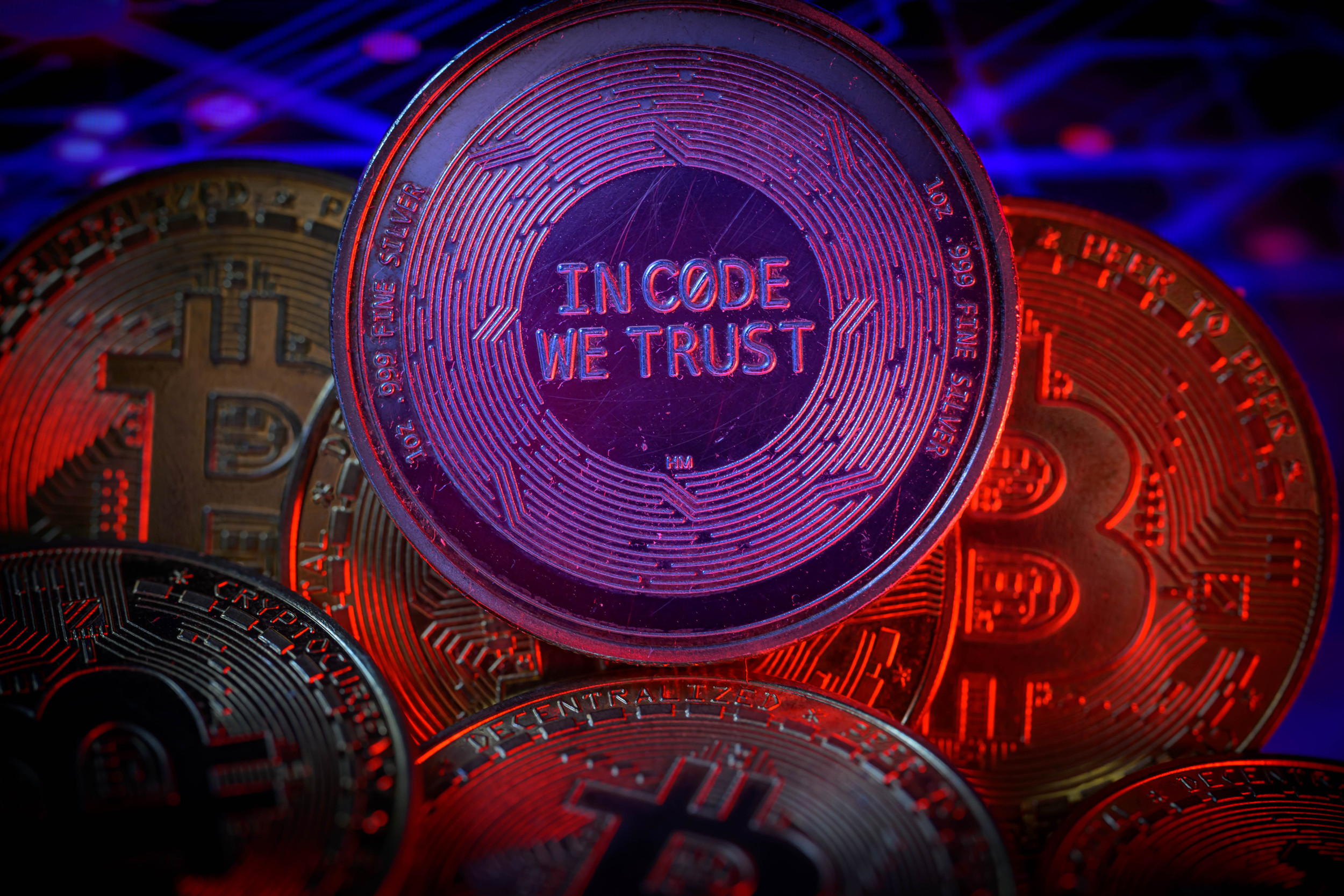
Social trust is plummeting. As the internet, smartphones and social media have made it possible for anyone to disseminate any idea to people around the world, it has become much more difficult to determine what is objectively true. Bots and paid spammers are now believed to account for a huge proportion of the content shared online. Powerful revenue models increasingly drive the propagation of false, misleading or inflammatory content to large audiences.
Much proverbial ink has been spilled on the question of what to do about this. Proposals have included censoring “misinformation,” regulating or banning social media platforms and banning smartphones in schools. These remedies are incomplete at best and harmful at worst. But I believe I have an answer to the riddle. In this new world of limitless information, it is time to recognize freedom from trust as a fundamental liberty.
A Fifth Freedom
During the depths of the Great Depression, President Franklin D. Roosevelt famously declared his four freedoms: freedom of speech, freedom of worship, freedom from fear and freedom from want. Freedom from trust updates this framework for the 21st century. And its realization will require the deployment of 21st-century technology.
This may sound counterintuitive. After all, fast-changing technology has been one of the drivers of deteriorating trust. It can be seen as a poster child for unintended consequences. Why would we double down?
Before answering, I want to be clear. Freedom from trust does not mean a lack of trust. It means liberating the individual from the need to separately and independently prove the trustworthiness of every other individual, platform or piece of information. It feels counterintuitive, but removing the need to trust a counterparty can increase the world’s overall level of trust.
And in that spirit I believe we need to turn to a new generation of technology that can restore trust to our day-to-day lives and our civic spaces, physical and virtual. I’m talking about blockchains.
A Trustless Future
Blockchains are the only technology in our history whose fundamental purpose is to answer the question: How can I trust my neighbor? How do I establish the foundation on which I can plan for the future?
Photo by Jonathan Raa/NurPhoto via Getty Images
A blockchain’s basic design can be thought of as a time chain. What this means is that we can know with certainty when a certain action was performed and by whom. We can also program smart contracts that ensure actions will be performed at prescribed times and/or under prescribed conditions in the future. In essence, blockchains can make sure promises will be kept.
An obvious avenue for entrepreneurs deploying this technology has been to design increasingly complex, decentralized financial systems that employ imaginative tokenomics models to offer attractive returns. This, coupled with the ease of launching a token, has been enough to channel a great deal of the creative energy in the space down the path of financialization.
This is akin to the ancient Greeks inventing the steam engine and using it only as a children’s toy.
A New Information Revolution
The same properties that make crypto so appealing to financial engineers also have the potential to act as an antidote to our era of disintegrating trust. Understanding how requires us to zoom out from the most common financial use cases of crypto and to think about its basic structure. When we do this, we see that the cryptographic proofs that underpin blockchain networks need not have anything to do with money, digital or otherwise.
Rather, the underlying architecture can prove any activity. It can prove that digital content was generated by a human rather than a bot or an AI. It can provide automatic fact checks based on objective criteria, short-circuiting the subjective and often selective judgments of human arbiters that aggravate mistrust as often as they de-escalate it.
What would such a network look like in practice?
The potential variations are almost infinite, but the basics are clear. Starting from first principles, these networks would be built in two directions simultaneously. The first can be thought of as “bottom-up”: developers innovating on the nuts and bolts to build the most robust functionality and widest array of features and capabilities. The second is “top-down”: Entrepreneurs will identify needs—and in the case of digital trust, there are many—and design specific products that utilize blockchains’ bottom-up capabilities to address them.
Here, blockchains’ ease of monetization becomes an advantage. It is not hard to envision a service that automatically verifies the source and timing of a piece of information. The specifics can be customized based on the use case. For example, imagine a news platform that allowed anyone to upload information but verified their location and professional credentials as well as the accuracy of statistics they shared.
Importantly, this can be done without compromising the anonymity of individual users and contributors. And cutting-edge token economics can mean new forms of subscription revenue and new frameworks for micropayments to individual contributors.
This is merely an example, but it helps illustrate just how much room there is to reimagine our information ecosystems. We do not have to accept ever-falling levels of trust and corresponding rises in fear and disorder. Technology shattered an old equilibrium dominated by a few centralized information gatekeepers. And technology can help deliver a new equilibrium—one built around freedom from trust.
Boris Mamlyuk, a seasoned blockchain governance expert, serves as CEO and general counsel of Smart Transactions (STXN), a company specializing in verifiable time machines on Ethereum.
